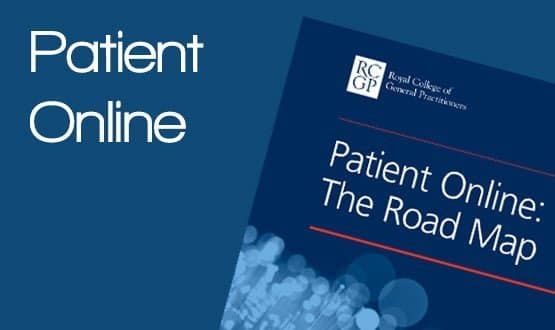GP ‘detailed coded record’ info revealed

The GP information set that will be made available online to all English patients by next April has been published by NHS England, along with advice on how practices should go about implementing the new requirement.
The GP contract for 2015-16 says all practices must offer patients access to their ‘detailed coded record’ before the end of March 2016.
More than 95% are already offering access to a summary of patient information. However, this is very basic and only covers some personal details, allergies, medications and adverse reactions.
TPP this month announced that all users of its SystmOne clinical system can now grant patients access to their detailed coded record on SystmOnline.
Emis introduced the functionality in August, while Microtest and INPS plan to launch it early in the New Year.
A new guide on delivering the Patient Online programme, released by NHS England, says the detailed coded record will include; demographics; immunisations; procedure codes; allergies/ adverse reactions; results; medication; problems/ diagnoses; codes showing referrals made or letters received (with no attachments); and other codes such as ethnicity.
GPs can choose to allow access to further information such as free text or letters and attachments, but this is not yet a requirement.
A TPP spokesperson said that when services enable this new functionality for patients, they will have access to all the coded data in their record recorded by that service. It does not include any free text associated with this data.
An INPS spokesperson said the detailed coded record functionality will be available in early 2016 as part of its new patient services website.
Microtest managing director Chris Netherton said version two of ‘The Waiting Room’, which is the patient access portal for Microtest users, is “about to be launched” and includes access to all coded information in the GP record.
Netherton said nearly every Microtest practice has been using The Waiting Room for a number of years and many of them have a large percentage of their patients already using the system.
Patient Online was set up to deliver the Conservative Party's pledge to give patients online access to their medical records, made during the general election campaign.
The pledge was scaled back during the last Parliament, but hit a major deadline in March, when it was able to announce that most GPs had enabled the functionality to give patients access to a subset of their information, and to key transactional services, such as online booking and repeat prescriptions.
At the start of December, the Health and Social Care Information Centre reported that NHS patients were on track to book 10 million appointments and to order more than 15 million prescriptions online in this financial year.
The programme has now issued a second version of its guide, to reflect the next target for patients to have access to their 'detailed, coded record'.
The guide says the fact that some clinical system suppliers’ software is not yet available or does not work appropriately has slowed progress for some practices.
It also details findings from 'accelerator sites'. These say that practices that promote and enable records access have had a positive response from patients and that patients have managed their online services well. Also, that those that offer a higher proportion of appointments online find the systems work “more easily and effectively”.
Those using a wide number of tools are signing up the most patients; these tools can include waiting room TVs, the practice website, newsletters and prescriptions notes.
Benefits cited by the report include; reduced administrative workload for practice staff; increased patient satisfaction; and a reduction in patients not attending appointments.
NHS England is hosting a series of Patient Online webinars from December 2015 through to March 2016, to support practices in implementing and getting the most from providing online services to patients.




